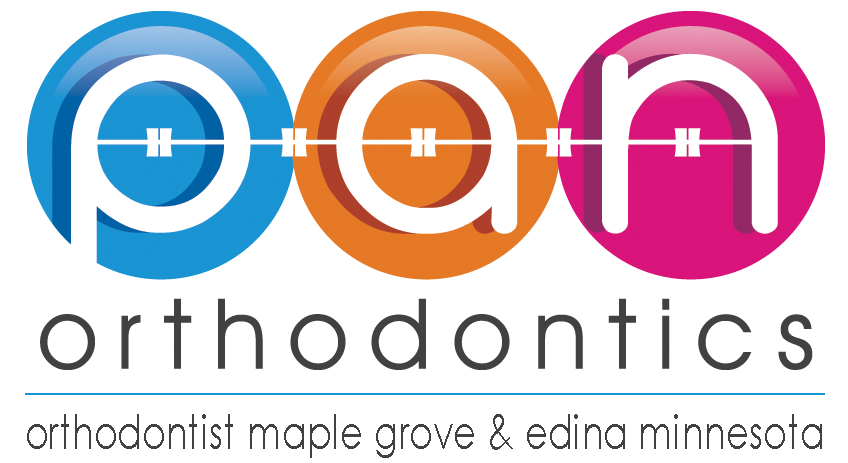Orthodontic Diagnosis - Tongue Thrust
Tongue thrust, also known as reverse swallow or immature swallow, represents an oral myofunctional disorder. This is a dysfunctional muscle pattern where the tongue protrudes anteriorly or laterally when swallowing, during speech and when the tongue is resting. Most infants have a swallowing pattern which involves the protrusion of the tongue, however, most lose this reflex by six months which allows them to consume solid foods.
The term "tongue thrust" has been used by many writers since 1958. It is also common for school-age children to have tongue thrust. Up to 67–95% of children five to eight years-old exhibit signs of tongue thrust. This often contributes to an orthodontic issue or speech problem. It is possible for children to outgrow tongue thrust up to the age of four. In the event that the tongue thrust swallowing pattern exists after age four, it can become stronger.
Types of Tongue Thrust
- Anterior Thrust: This is the type of tongue thrust which is most common. It is usually associated with a low, forward resting posture of the tongue. The tongue can sometimes be seen protruding past the lips at rest or while swallowing. The upper incisors can be extremely protruded and the lower incisors are pulled in by the lower lip. An anterior open bite is a common malocclusion that is associated with this type of tongue thrusting pattern. This is especially prominent in the presence of lip incompetence. This type of thrust is typically accompanied by a strong mentalis.
- Unilateral Thrust: This type of thrust occurs when the tongue pushes unilaterally to the side between the back teeth while swallowing. This can also result in the bite being open on that side.
- Bilateral Thrust: This type of thrust occurs when the tongue pushes between the back teeth on both sides while swallowing. It is possible that the only teeth which touch are the molars. The bite can be completely open on both sides including the anterior teeth. A large tongue can also be noted in this case. This is the most difficult type of thrust to treat.
Causes
Factors which can contribute to prevalence of tongue thrust include macroglossia or an enlarged tongue, thumb sucking, large tonsils, hereditary factors, ankyloglossia or tongue tie and certain types of artificial nipples used to feed infants. Allergies and nasal congestion can also cause the tongue to lie low in the mouth because of obstructed breathing.
Effects
The extrusion of the tongue is normal in infants, however, it can adversely affect patients in the teeth and mouth. A person swallows about 1,200-2,000 times a day with nearly four pounds of pressure each time. When a patient suffers from tongue thrust, this continuous pressure can force the teeth out of alignment. It is common for tongue thrust to be present for patients who have an open bite. The force of the tongue against the teeth is a common factor which contributes to a bad bite or malocclusion. If the tongue is allowed to continue to push against the teeth, it will continue to push the teeth forward which can reverse previously completed orthodontic work.
Speech can be affected by tongue thrust. Sounds which are produced by placing the tongue on the upper alveolar ridge are often distorted. Patients who have tongue thrust are also not as effective when chewing or swallowing.
Pan Orthodontics Philosophy
To treat our patients as our families and to treat others as how we want to be treated. From your first phone call to the moment your new smile is born, everything in our office is set up to ensure an excellent experience with us. We will always listen to you and improve with your suggestions.
Featuring The Latest Orthodontics Technology
Our Commitment to You
We will continue to keep up with the ever growing digital technologies to improve your orthodontic experience. We also commit to always help you find the most convenient time for your visit with us.




